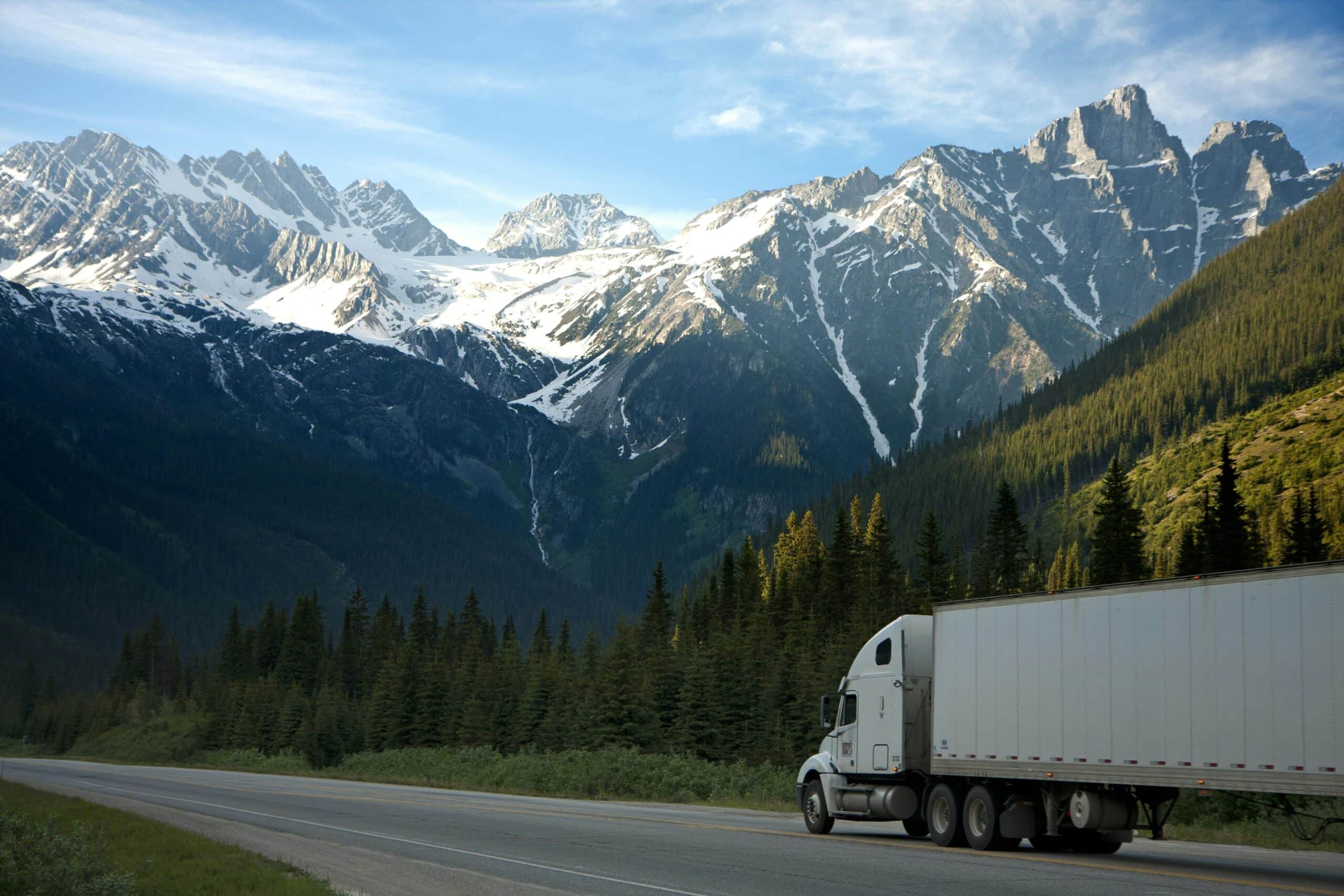Planning a long-distance move can feel overwhelming, but with the right plan, it doesn’t have to be. Starting early and breaking down tasks into manageable steps can make the process much easier. Use this complete long distance moving checklist to help you stay organized and stress-free as you prepare to move.
8-12 Weeks Before Your Move
Start Sorting and Decluttering Your Home
One of the first things you should do is start sorting through your stuff. The more you can get rid of, the less you’ll have to move—and that can save you money. Here’s how to do it:
- Create piles: Make four piles for things you want to keep, donate, sell, and throw away. Be honest with yourself about what you really need.
- Sell or donate: If you have furniture, clothes, or other items you no longer want, consider selling them online or at a garage sale. You could also donate them to a local charity.
- Declutter one room at a time: Focus on your closets, storage areas, and any other spaces where things tend to pile up.
Research and Schedule Moving Services
Long-distance moves require a bit more planning than a local one, so it’s important to book your moving company early. The best companies can get booked up fast, especially during busy seasons. Here’s what to do:
- Find a reliable moving company: Look at reviews online, ask friends or family for recommendations, and check that the movers are licensed and insured.
- Get quotes: Call a few moving companies to get quotes and compare prices. Be sure to ask about any extra fees for long-distance moves.
- Book your movers: Once you’ve chosen a company, schedule your move as soon as possible to ensure you get your preferred date.
Notify Utilities and Update Your Address
As soon as you know your moving date, start notifying utility companies and updating your address. This will help ensure a smooth transition to your new home without any service interruptions.
- Utilities: Contact your electricity, gas, water, and internet providers to schedule turn-off dates for your old home and turn-on dates for your new one.
- Change your address: Don’t forget to update your address with the postal service, your bank, your insurance company, and any subscriptions or memberships.
- Set up services in your new home: Try to get all your utilities set up at your new place before moving in so everything is ready when you arrive.
Notify Your Insurance Providers
It’s important to inform your insurance providers about your upcoming move to ensure your coverage is updated and stays active. This step will give you peace of mind, knowing that everything is taken care of before your move.
- Car Insurance: Let your car insurance company know about your move. This ensures your coverage stays active and updated based on your new location.
- Home/Renters Insurance: Contact your home or renters insurance provider to make sure your policy is transferred to your new address.
Create a Moving Budget
Planning ahead financially is key to managing the costs of a long-distance move. Setting a budget early will help you track your expenses and avoid any surprises during the process.
- Set a Budget: Moving can be expensive. Create a budget to track costs like hiring movers, buying packing materials, and transportation. Having a clear financial plan will help prevent any surprises.
4-8 Weeks Before Your Move
Create a Packing Plan
As your moving day approaches, it’s time to think about packing. Having a packing plan in place will help you stay organized and avoid the stress of rushing at the last minute.
- Pack in stages: Begin by packing things you don’t use every day, like seasonal clothes, decorations, or extra kitchen items.
- Get packing supplies: Make sure you have plenty of boxes, bubble wrap, tape, and markers. You’ll need these to keep everything safe during the move.
- Label everything: As you pack, label each box with what’s inside and what room it belongs in. This will make unpacking much easier.
Notify Schools, Employers, and Medical Providers
If you have children or work outside the home, it’s time to notify your school and employer about the move. This will help you make any necessary arrangements for transferring records or taking time off.
- Inform your employer: Let your boss know about your moving plans, so you can arrange for time off or make any other work-related changes.
- Transfer medical records: If you’re moving far enough away, you may need to transfer your family’s medical or dental records to new providers. Don’t forget about prescriptions, too!
Notify Your Veterinarian and Update Pet Records
If you’re moving with pets, make sure you update their medical records with your new veterinarian. This ensures their health care is continuous, and your pets can stay on track with their appointments and prescriptions.
- Pet Records: If you have pets, contact your vet to get their records transferred to a new practice in your new location. This will make it easier to continue their care in your new city.
- Arrange Pet Travel: If you’re driving or flying with pets, make travel arrangements to ensure their comfort and safety during the move.
2-4 Weeks Before Your Move
Confirm All Moving Arrangements
With just a couple of weeks to go, confirm that everything is lined up for moving day. This includes checking in with your movers, making sure all details are finalized, and ensuring that everything is on track.
- Confirm the date and time: Make sure your movers are still scheduled for the right day and time.
- Review the contract: Go over the moving contract one more time to ensure there are no surprises when it comes to fees or services.
- Prepare for the journey: If you’re driving or flying to your new home, make sure you’ve arranged transportation and overnight stays if necessary.
Plan for Valuables and Essentials
Make a plan for your most important items to ensure they’re kept safe during the move. These are things you’ll want to keep with you or make sure they’re easily accessible.
- Pack a travel bag: Include things like clothes, toiletries, important documents, and any medications you’ll need right away.
- Prepare valuables: If you have anything special or expensive (like jewelry or electronics), pack those separately and keep them with you during the move.
1 Week Before Your Move
Prepare Your Home for the Move
The week before your move is a great time to start wrapping things up. Get your home packed, cleaned, and ready for the moving company to take over.
- Finish packing: Try to pack most of your things before the last minute so you aren’t rushed.
- Clean your home: Clean out the fridge, empty your garbage, and do a final sweep of your house to make sure nothing is left behind.
- Disconnect appliances: Unplug your refrigerator, washer, dryer, and any other large appliances. You may need to arrange for them to be moved separately.
Say Goodbye to Your Old Home
Before you leave, take a moment to say goodbye to your old space. Doing a final walkthrough will ensure you haven’t forgotten anything, and it’s a great way to close this chapter.
- Do a final walkthrough: Check each room to make sure you haven’t forgotten anything.
- Leave a note: If you’d like, leave a note for the new homeowners or renters welcoming them to the space.
Moving Day Checklist
Coordinate with the Movers
On moving day, staying organized is key. Use the long distance moving checklist to ensure everything goes smoothly by staying in touch with your moving team and keeping things on track.
- Be there when the movers arrive: Make sure someone is at the house to guide the movers and make sure everything is handled properly.
- Check that everything is packed: Double-check that all boxes are properly labeled and all items are accounted for before the movers leave.
Final Checks Before You Leave
Before you head out, do a final sweep of the house to make sure everything is in order.
- Take one last look: Check all rooms to make sure you didn’t leave anything behind.
- Lock up: Turn off lights, lock doors, and make sure the home is secure.
Conclusion
Moving long distance can seem like a big task, but if you break it down and plan ahead, it doesn’t have to be stressful. Start preparing early, stick to the long distance moving checklist, and consider hiring professional movers to make the job easier.









